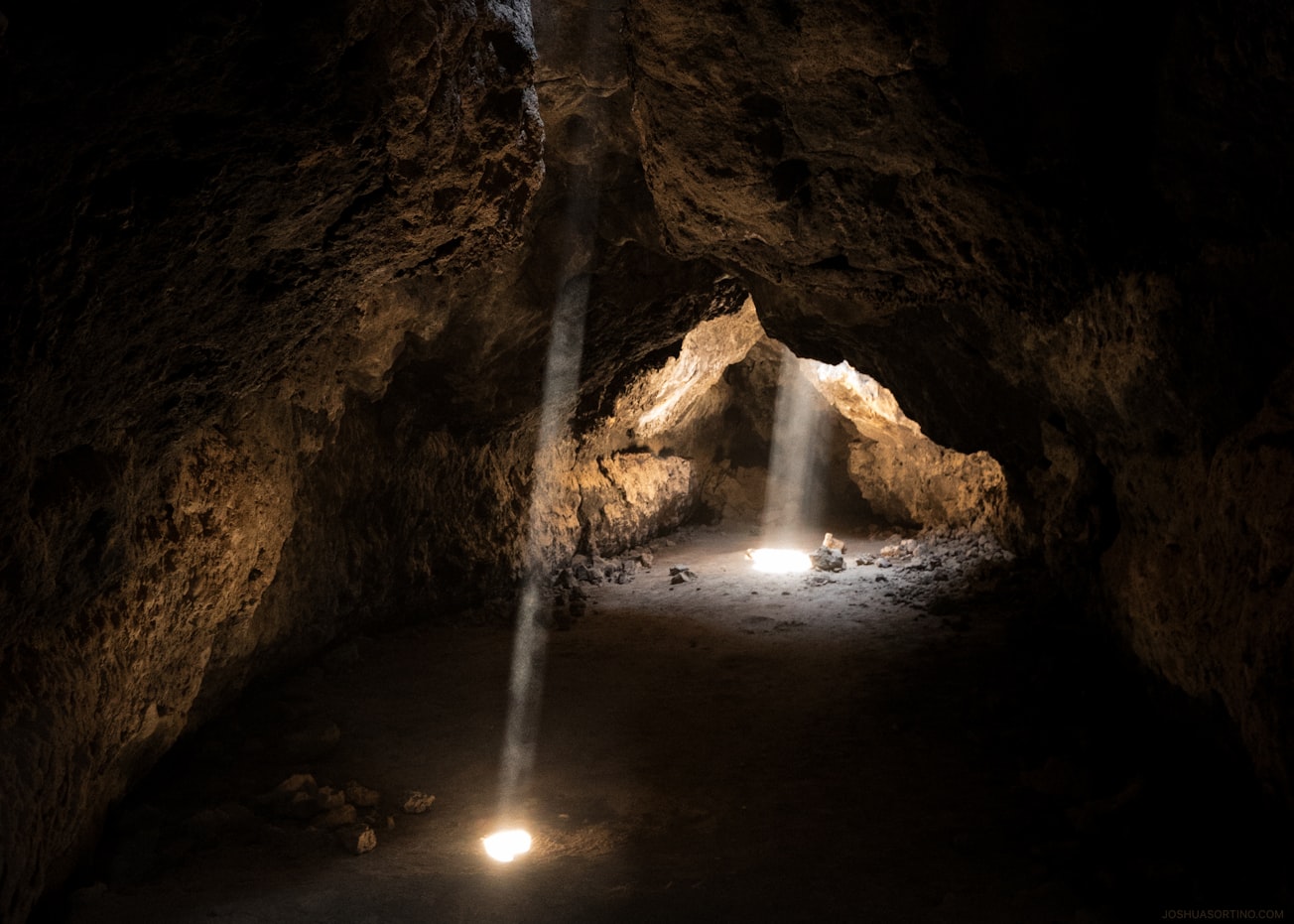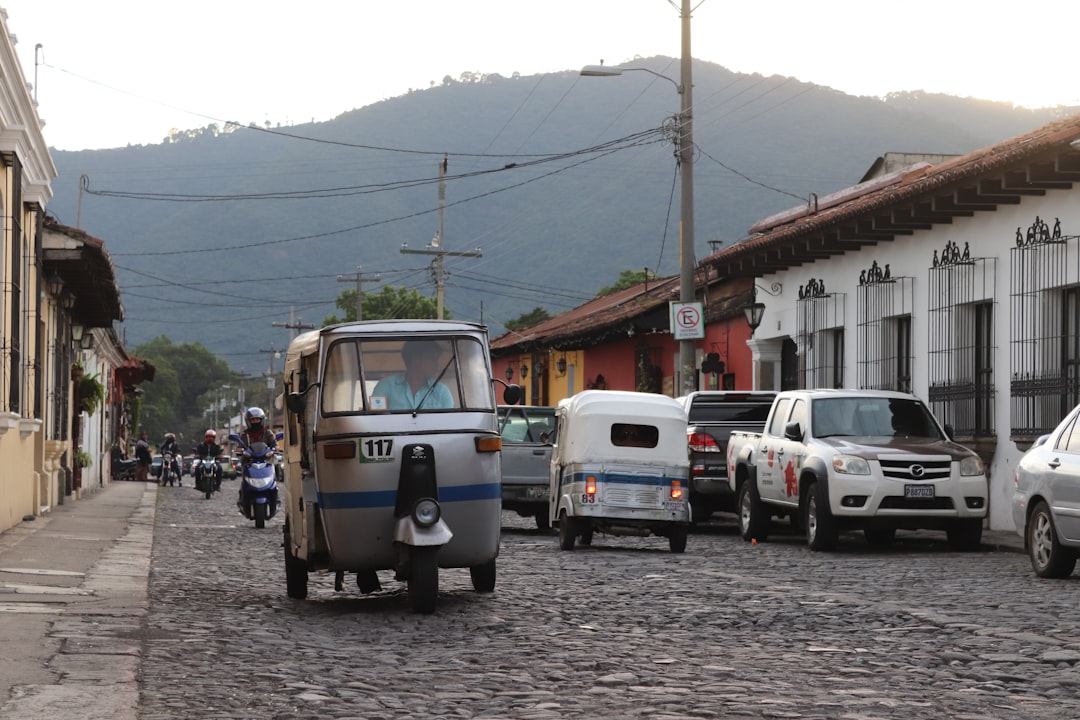What is it about?
Physical inactivity is growing at a rapid rate worldwide, with the ensuing co-morbidities – cardiovascular disease, type 2 diabetes, and muscle wasting – increasing in parallel. Strikingly though, many animals – most notably hibernators and cave-dwellers – have leveraged physical inactivity as a survival strategy and may thus provide insight into the consequences of adaptive inactivity on metabolic function. Utilizing the Mexican cavefish, we find this ‘sedentary’ behavior results in a dramatic decline in muscle mass and muscle weakness with a concomitant increase in fat and sugar accumulation. However, despite these changes, we find cavefish remain pathology-free and, in fact, maintain the ability to swim at high speeds for prolonged periods. We find this unique display of muscular endurance is a result of metabolic reprogramming, specifically a preferential reliance on glycogen metabolism. In fact, we uncover key phosphorylation events on the enzyme phosphoglucomutase-1 as a critical component enhancing the cavefish muscle glycogen flux. While future work is needed to further unravel the molecular mechanisms contributing to the array of muscle traits observed within cavefish, this study offers a first glimpse into the extremes of skeletal muscle plasticity, and lends support for the use of non-traditional models in the pursuit of understanding fundamental principles regulating skeletal muscle metabolism.
Featured Image

Photo by Joshua Sortino on Unsplash
Why is it important?
Despite the alarming global increase in physical inactivity, very little is known about the fundamental mechanisms contributing to the ensuing pathologies, most notably muscle loss, muscle weakness, and muscle fat accumulation. Here we leverage the ‘sedentary’ Mexican cavefish to provide an evolutionary perspective into fundamental principles governing physical inactivity and the resulting skeletal muscle dysfunction.
Read the Original
This page is a summary of: Metabolic reprogramming underlies cavefish muscular endurance despite loss of muscle mass and contractility, Proceedings of the National Academy of Sciences, January 2023, Proceedings of the National Academy of Sciences,
DOI: 10.1073/pnas.2204427120.
You can read the full text:
Contributors
The following have contributed to this page










